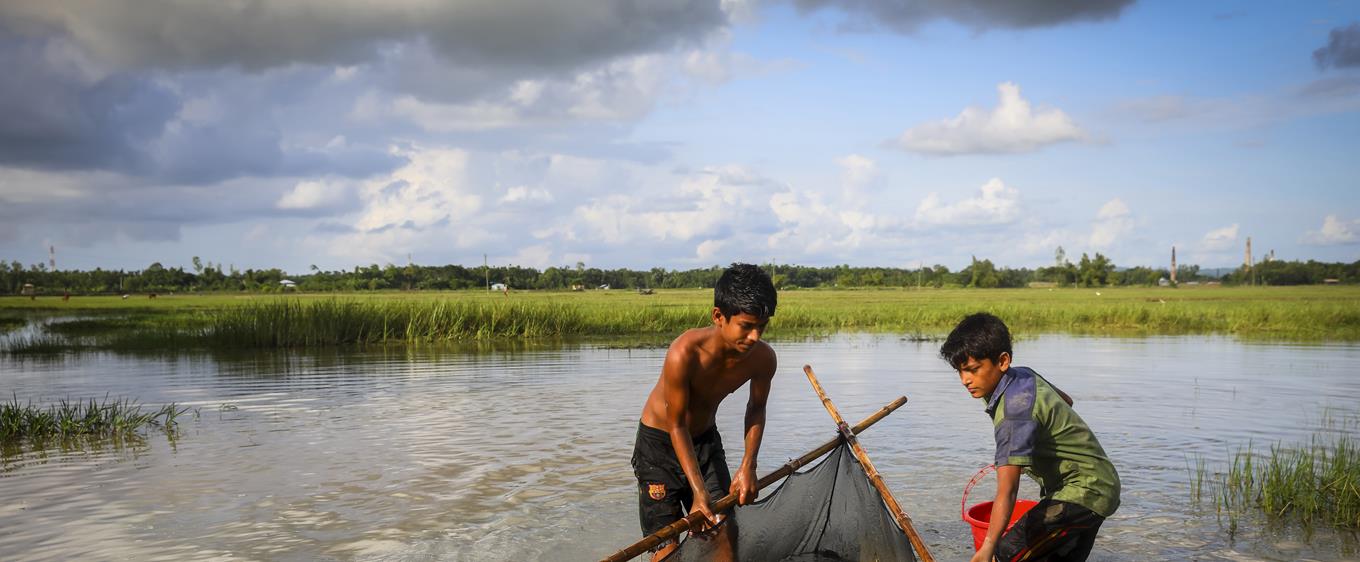Timeline
Method
A timeline is a planning tool which shows important deadlines, activities and events occurring over a defined time period. Creating timelines for the implementation of a National Water Safety Plan will ensure it is executed in a timely manner and in correspondence to significant external events. Timelines can be influenced by the local context, availability of funding, or the requirements and expectations of stakeholders. The timeline should follow the implementation of the water safety plan closely, with each activity within the timeline listed chronologically. A good timeline is an invaluable resource as it helps to cement realistic start and end dates, consider external events and opportunities, and shows how all activities fit and flow onto one another.
Stakeholders who contribute funding may specify their own deadlines for key deliverables which are very important to include in the overall water safety plan timeline. These deliverable deadlines will provide a guide to when smaller tasks contributing to each major deliverable will need to be completed. Complex timelines can be created from an action plan. It is important to revise a timeline over the course of water safety plan implementation in case of major changes.
If creating a timeline for the implementation a water safety plan seems overwhelming during plan development stages, start with defining the start and end date of both development and implementation phases. Assess each individual objective included in the plan. How long will each take to achieve? Do any objectives rely on external factors: are there any events which tasks need to be aligned with, or any influences that may delay task completion? Work backwards and fill in the gaps from start to finish with deadlines, activities and events. Remember that creating a detailed action plan will make this process simpler as you have already defined individual activity timelines.
Advantages
- A timeline is a cost-effective planning tool with many open-access resources available online to assist with timeline development.
- It helps clarify the length and duration of individual objectives within a National Water Safety Plan, providing a clear outline of the implementation process and informing other important aspects such as resource requirements.
- It highlights which tasks need to be completed before others can be started.
Disadvantages
- It may be time consuming to create a high quality timeline.
- Similar to an action plan, the timing of some activities or events cannot be confirmed, affecting the accuracy of the timeline.
- Major changes can occur over the course of water safety plan implementation, potentially requiring the timeline to be readjusted.
Step 4
Define a framework
